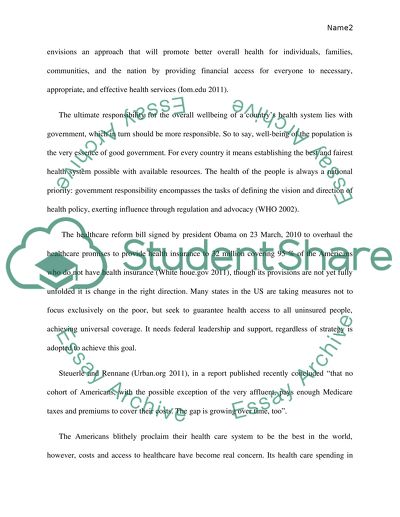Cite this document
(“A Basic Program of Hospital Insurance and Supplementary Assistance Research Paper”, n.d.)
A Basic Program of Hospital Insurance and Supplementary Assistance Research Paper. Retrieved from https://studentshare.org/health-sciences-medicine/1414819-argumentative-research-essay-my-topic-should-the
A Basic Program of Hospital Insurance and Supplementary Assistance Research Paper. Retrieved from https://studentshare.org/health-sciences-medicine/1414819-argumentative-research-essay-my-topic-should-the
(A Basic Program of Hospital Insurance and Supplementary Assistance Research Paper)
A Basic Program of Hospital Insurance and Supplementary Assistance Research Paper. https://studentshare.org/health-sciences-medicine/1414819-argumentative-research-essay-my-topic-should-the.
A Basic Program of Hospital Insurance and Supplementary Assistance Research Paper. https://studentshare.org/health-sciences-medicine/1414819-argumentative-research-essay-my-topic-should-the.
“A Basic Program of Hospital Insurance and Supplementary Assistance Research Paper”, n.d. https://studentshare.org/health-sciences-medicine/1414819-argumentative-research-essay-my-topic-should-the.


